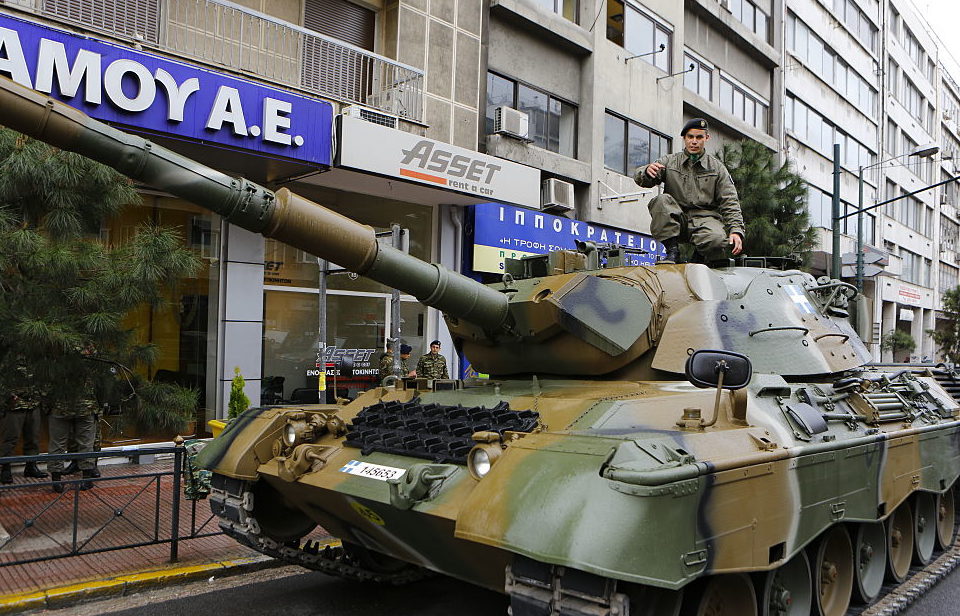Tanks first appeared in combat during World War I at the Somme, one of the deadliest battles in history. The armored vehicles proved effective against trench warfare and intimidated the enemy. These behemoths have since played important roles in subsequent conflicts, with the Leopard I main battle tank (MBT), which entered service in 1965, being among the most impressive.
Development of the Leopard I
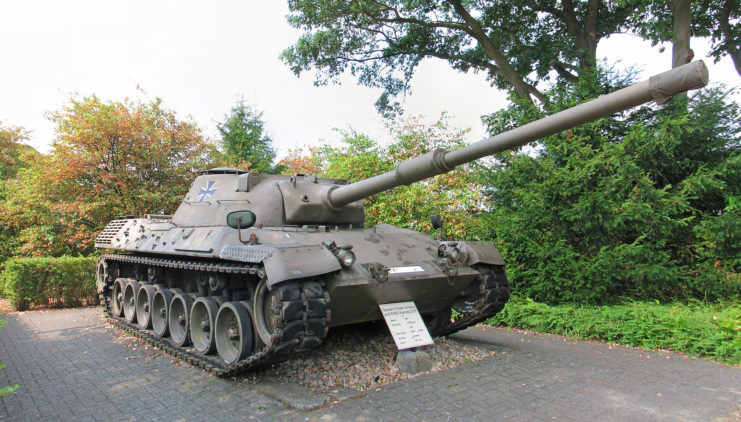
The plan for the Leopard I was conceived in the 1950s as a joint project between West Germany, France and Italy. The idea was to develop a vehicle that could replace the Bundeswehr‘s M47 and M48 Patton tanks, as well as France’s failed AMX 50 project. Once the final design was approved by the Bundeswehr, however, Italy and France stepped away.
The manufacturer of the final product was luxury automaker, Porsche. Between 1965-84, 6,565 Leopard Is were built: 6,485 working models and 80 prototypes. Of the active-service versions, 4,744 were battle tanks and the remainder served as either anti-aircraft or utility vehicles.
Leopard I specifications
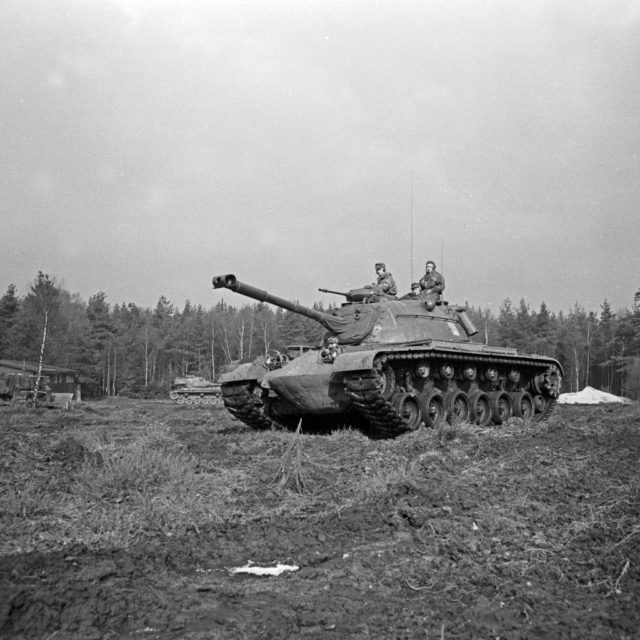
There were several goals the Leopard I aimed to accomplish. The first list of specifications included a weight of no more than 30 tons, the ability to withstand rapid-fire from 20 mm rounds, a power-to-weight ratio of no more than 30 horsepower per ton and the ability to survive in areas impacted by radioactive fallout – it was the Cold War, after all.
There were other necessities, as well. The tank’s armament was expected to be 105 mm, with the British L7A3 ultimately selected, and it needed to carry a similar amount of rounds to US tanks. Armor was of little concern, while mobility was of the utmost importance. When all was said and done, the Leopard I could travel at up to 65 KM/H, with an operational range of 600 KM on a paved road and 450 KM while driving cross-country.
While every effort was made to create a tank that could withstand a nuclear bomb, the technology just wasn’t there yet.
Service with West Germany and NATO countries
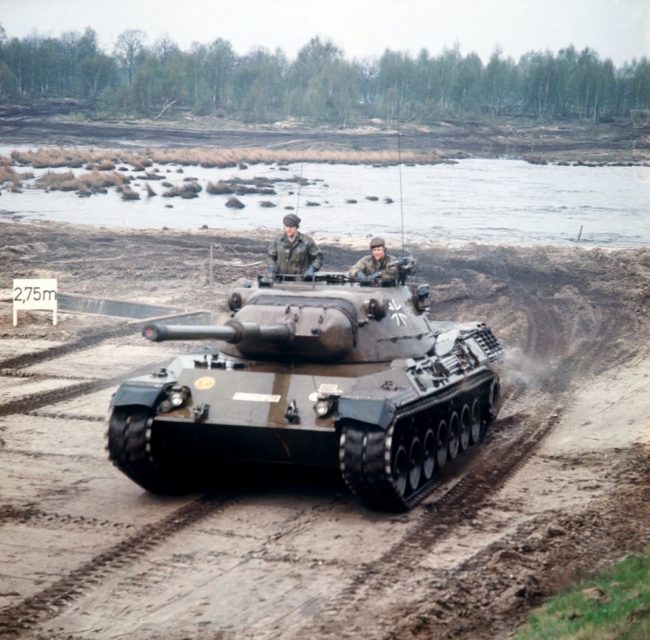
The Leopard I entered service in 1965, and many countries were eager to get their hands on it. The first to take advantage was, of course, West Germany, which ordered 1,500. Soon after, several NATO member nations chose to order the tank, as well.
In 1974, Australia ordered 101 Leopard Is, after it was deemed the British Centurion needed to be replaced. A similar decision was made in Canada, with the country’s military ordering 114 Leopard C1s, which featured a laser finder. Denmark also ordered a number of variants, many of which remain in service in some capacity.
Use throughout several wars
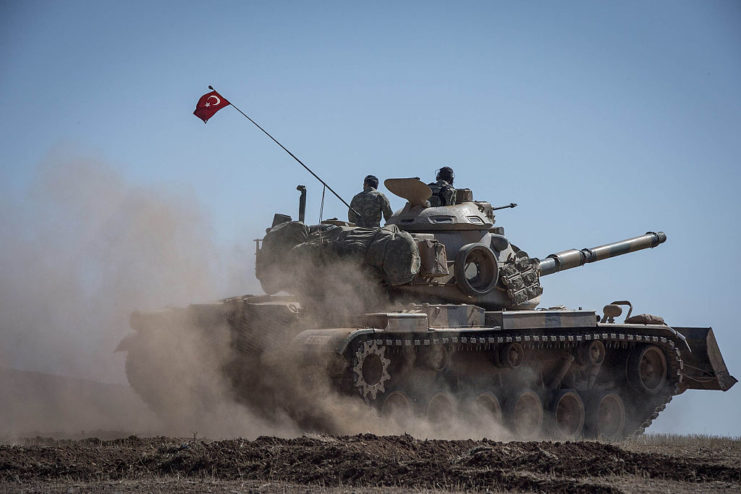
While such large-scale conflicts like World War II haven’t occurred since the Leopard I was developed, it’s still seen use in a number of wars, including the Bosnian War of 1992-95, with Danish peacekeeping troops manning the tank during Operation Amanda. It’s also seen continued use in the ongoing Kurdish-Turkish Conflict, which, in 2018, led to calls for the German government to halt arms exports to Turkey.
It was also a common sight during the War in Afghanistan. In particular, the Canadian Army deployed the tank, designated the Leopard C2, throughout the conflict, using it in combat against the Taliban.
Legacy of the Leopard I
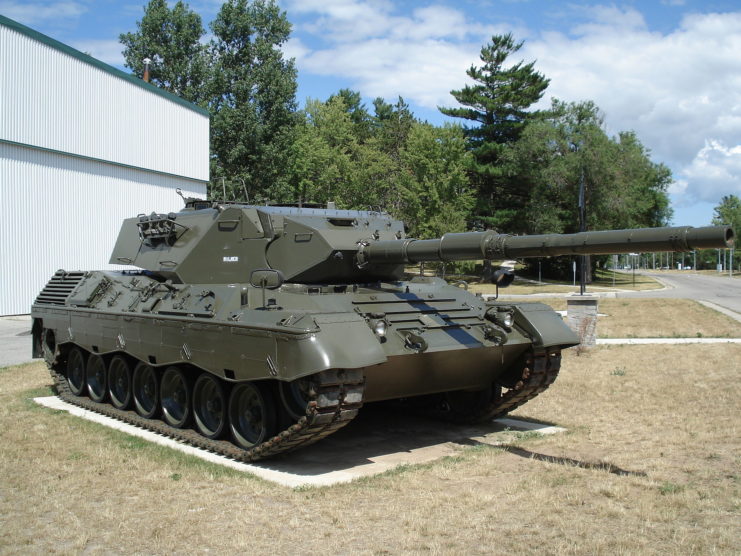
Decades after its introduction, there are still Leopard Is in active service. The most prominent current user of the tank is Greece, with 500 in service. However, there is a plan in place to slowly phase them out. Brazil also continues to use the Leopard I, as do Chile, Ecuador and Turkey.
More from us: K2 Black Panther: One of the World’s Most Expensive Tanks
Some nations have equipped themselves with variants of the Leopard I, including Denmark, Finland and Estonia. While there was the potential for the Ukrainian military to be supplied with 50 units to help defend against the ongoing Russian invasion, the deal with German automotive and arms manufacturer Rheinmetall fell through.
